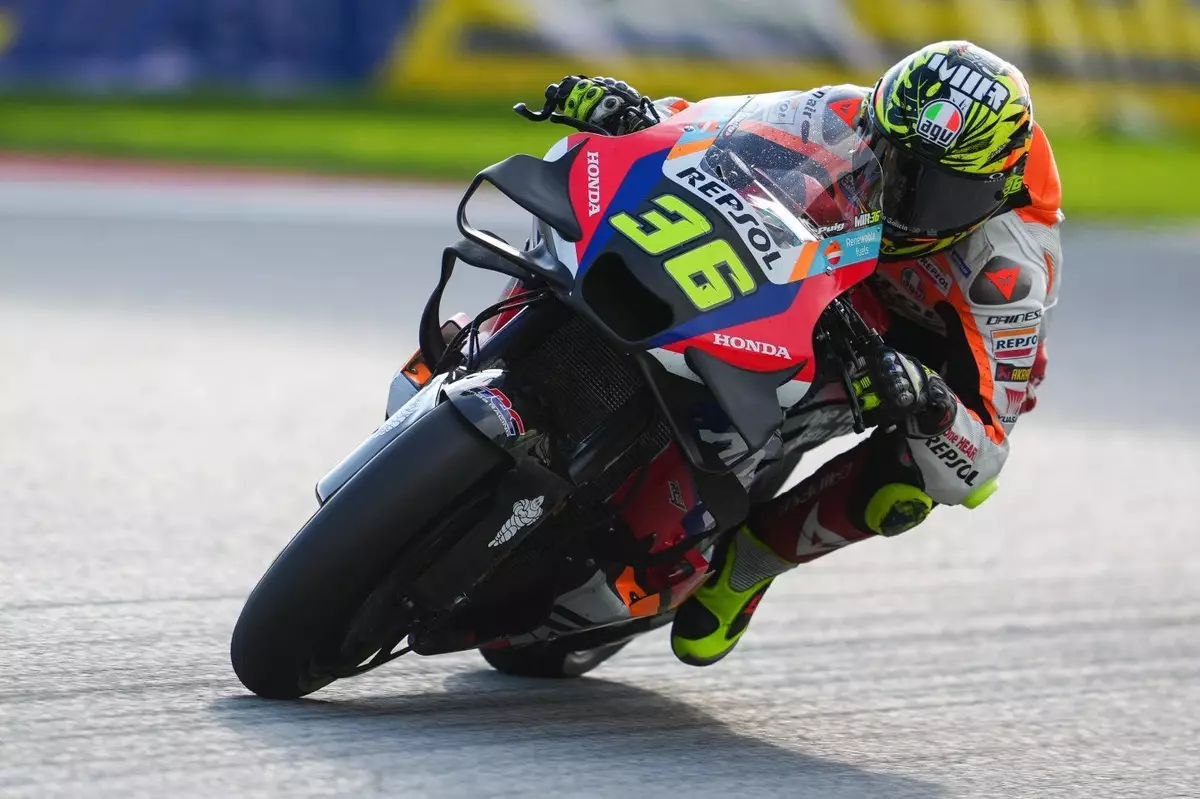As the landscape of MotoGP evolves, manufacturers find themselves grappling with the ever-tightening competition at the sport’s pinnacle. Among these, Honda, once a titan in motorcycle racing, has experienced notable challenges in maintaining its competitive edge. The 2024 season saw an overhaul of the concession system designed to provide an advantage to major players like Honda and Yamaha, who had noticeably fallen behind their European counterparts. However, the feedback from Honda’s Factory HRC rider Joan Mir suggests that these concessions may not have produced the anticipated results, leading to a deep-rooted inquiry into the effectiveness of such measures.
MotoGP’s concession system, revamped in 2024, was intended as a lifeline for struggling manufacturers. This system allowed Honda to explore new engine specifications and granted additional liberties, such as private testing opportunities for riders like Mir and his teammate Luca Marini. However, despite these privileges, Honda’s performance was disappointingly poor, leaving them last in the manufacturer standings with a mere 75 points—a stark contrast to the 185 points amassed during the previous year, where the team benefitted from the presence of Marc Marquez.
Mir’s candid assessment indicates a central paradox: despite the supposed strategic advantages afforded by these concessions, the results did not reflect any tangible improvements in performance. In discussing the ramifications of this experience, Mir emphasized that the team’s standing—were it not for the concessions—would likely remain unchanged. This unsettling reality suggests that the concessions failed to catalyze the intended momentum and, instead, raised questions about the fundamental challenges Honda faces.
One critical dimension highlighted by Mir is the psychological strain stemming from an intensified testing schedule—a common burden in racing contexts. With extensive test days interspersed with race weekends, Mir questioned the practicality of race riders being burdened with additional testing duties. He expressed a deep concern that the relentless cycle of testing and racing can be counterproductive, wearing down riders mentally and leading to diminished performance rather than improvements.
This sentiment signals an underlying operational inefficiency: the need for a robust test team. In an ideal scenario, the test team should alleviate race riders from these pressures, allowing them to focus on race-day performance. The current testing structure, as expressed by Mir, suggests a need for a reevaluation of how testing duties are allocated and managed within the team. It’s clear that a more strategic approach may yield better outcomes for both the riders and the brand.
As the 2025 season approaches, Honda is poised to make significant changes to its testing resources, a move endorsed by Mir. With the addition of three-time grand prix winner Aleix Espargaro and the shift in role for Takaaki Nakagami, Honda is attempting to rectify the deficiencies highlighted during the 2024 campaign. These adjustments aim not just at boosting the test team’s capacity but at delivering the right components that can enhance overall bike performance.
Mir believes that the larger test team, combined with the concessions granted, could pave the way for essential performance improvements moving forward. While optimism is warranted, the process of transformation will require a steady commitment to refining both the motorcycle’s technical aspects and the overall operational strategy. This situation paints a complex picture for Honda, one that is mired in both hope and uncertainty.
The feedback from Joan Mir encapsulates the struggles and frustrations experienced by Honda within the competitive arena of MotoGP. As the team works to analyze its current standings and outlines a plan for forthcoming races, there seems to be a pressing need for clarity in strategic focus. The road ahead will undoubtedly demand rigorous assessment and transformation as Honda fights to reclaim its position as a dominant force in MotoGP. In the face of such challenges, a collective effort from the riders, engineers, and organizational leaders will be crucial in driving the necessary innovations that could redefine Honda’s place in motorcycle racing.

